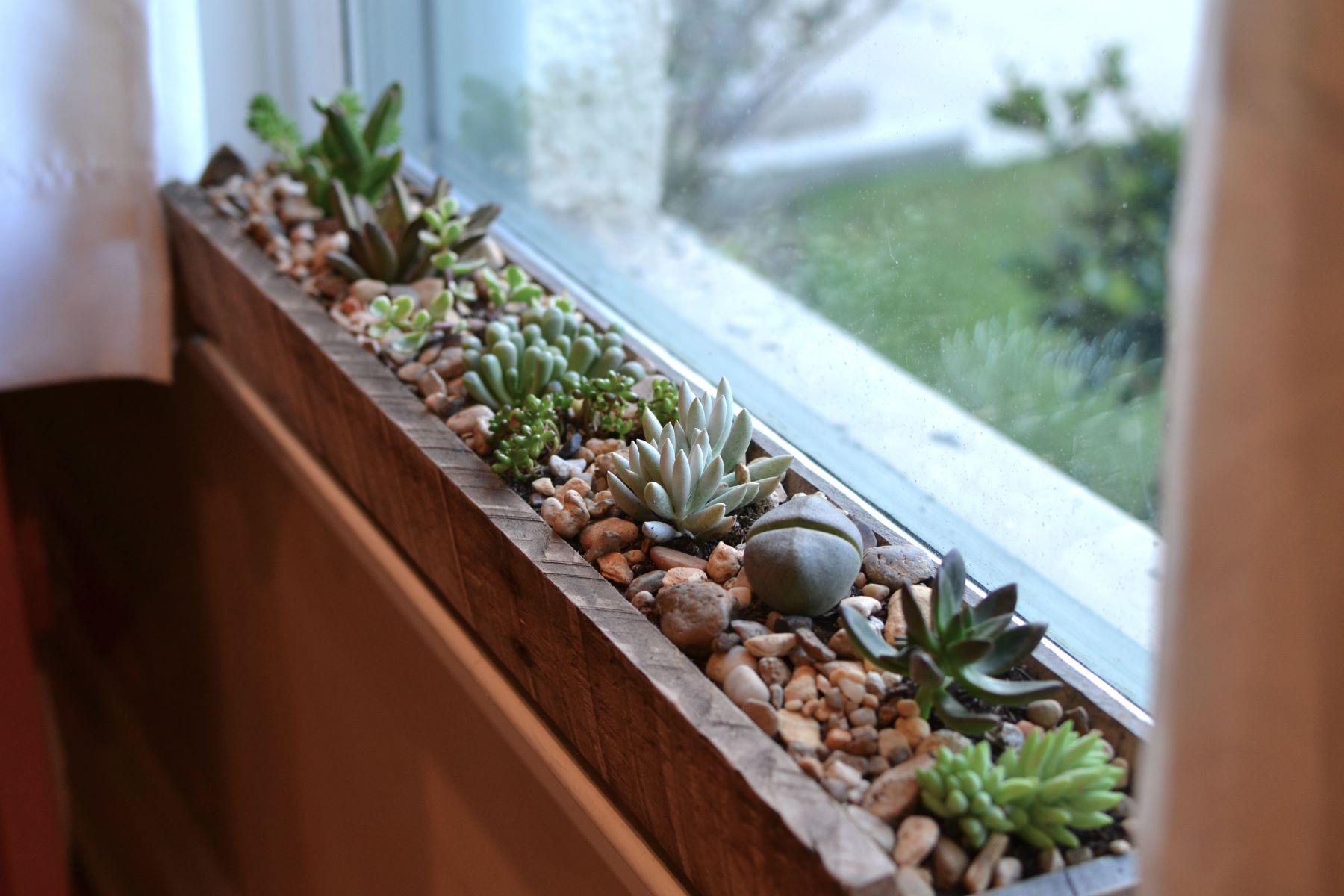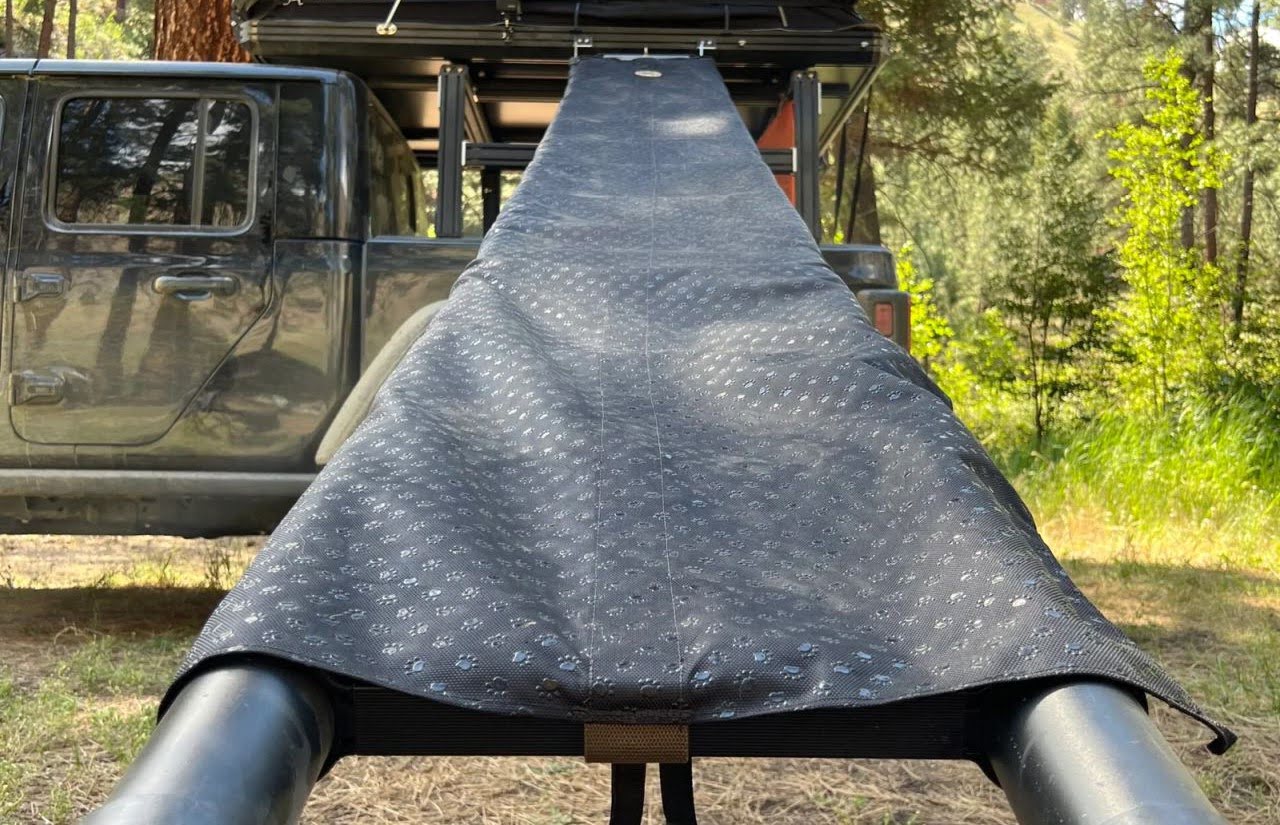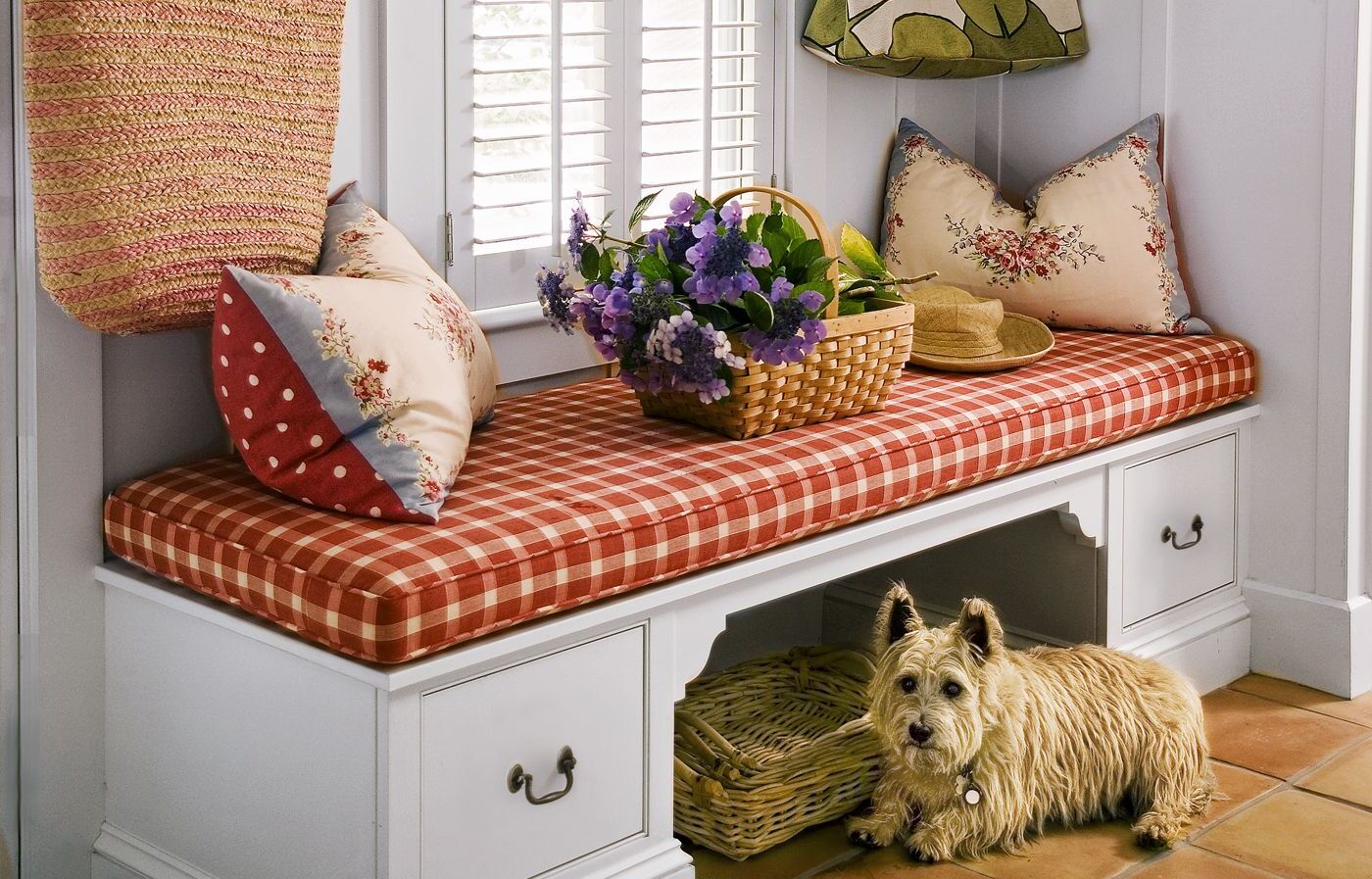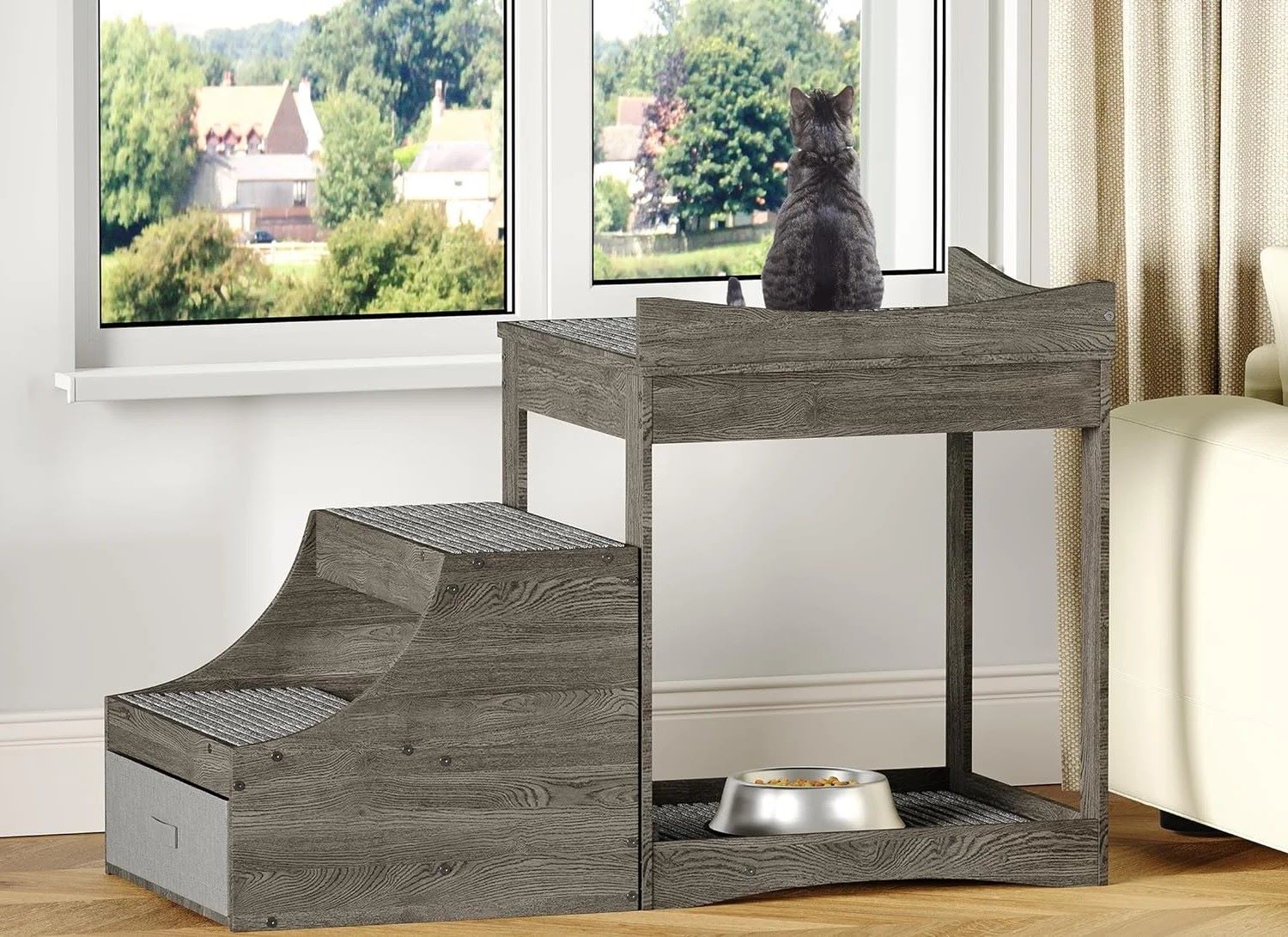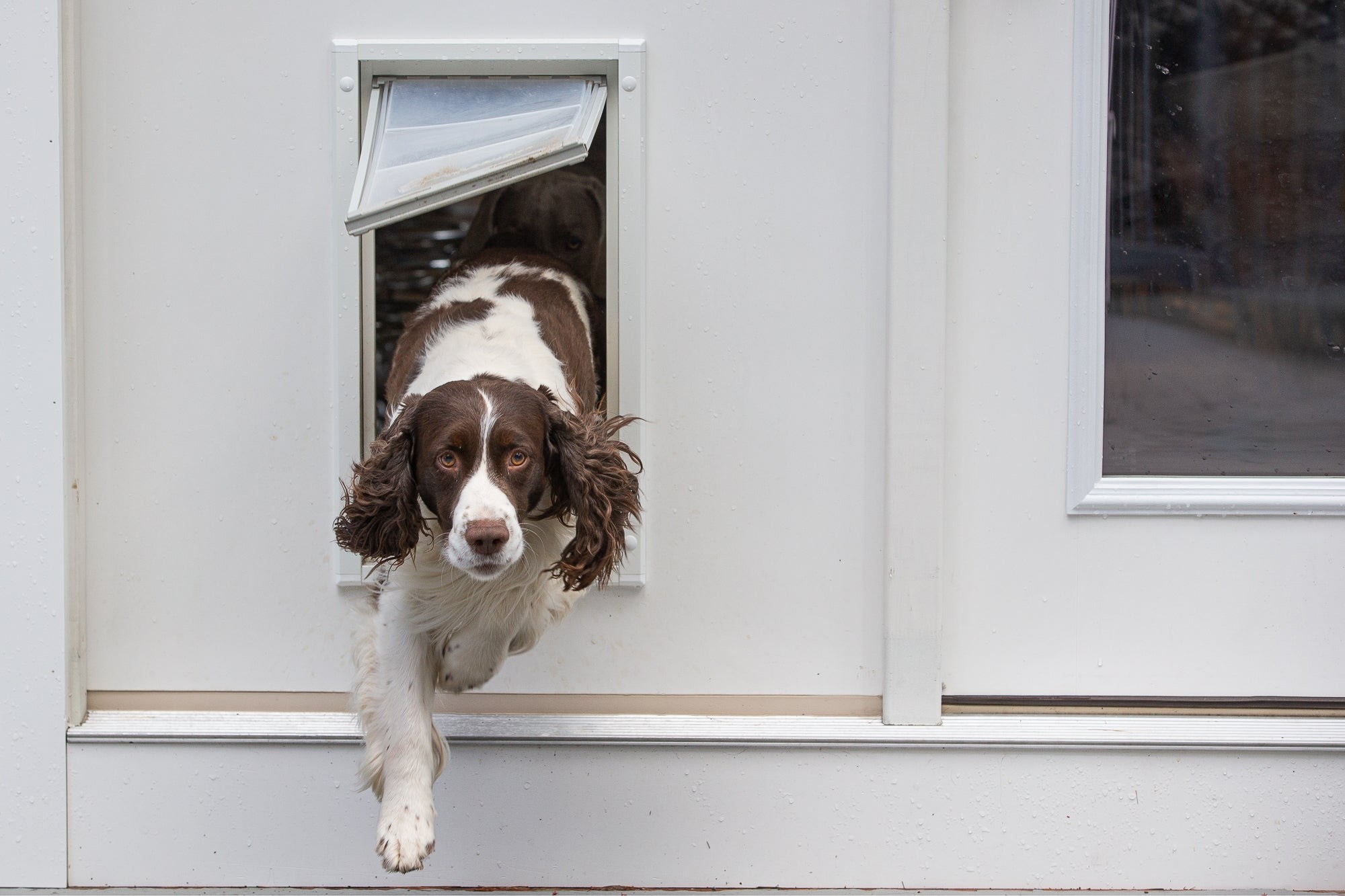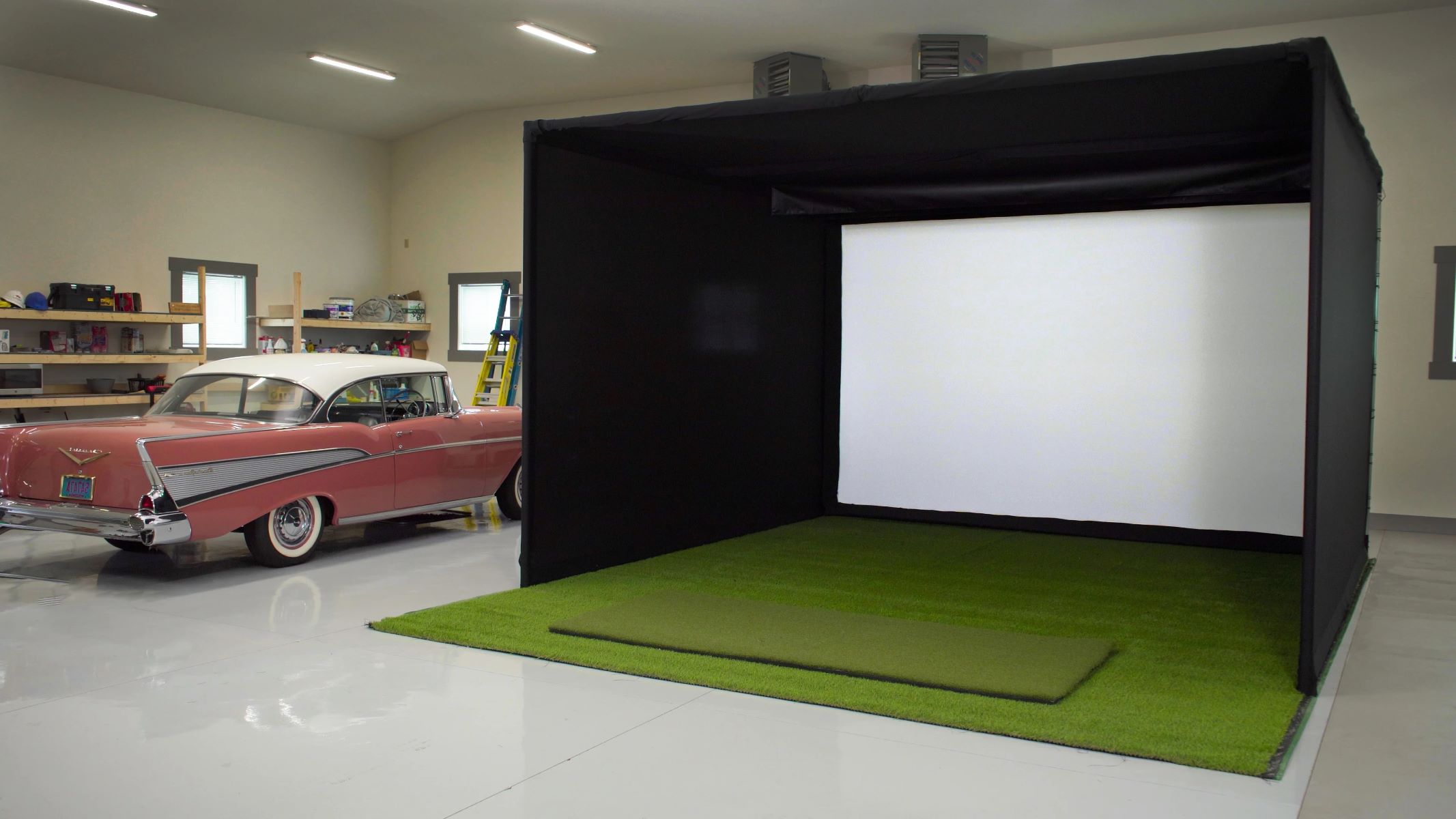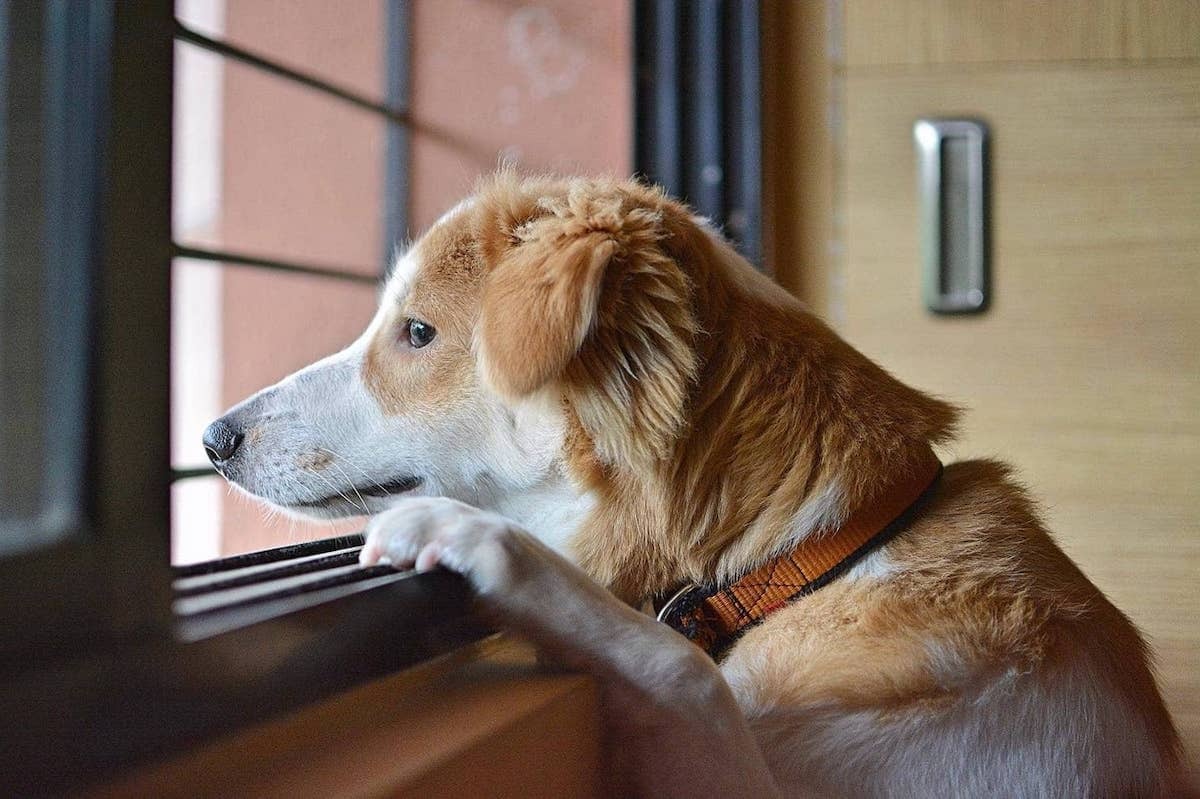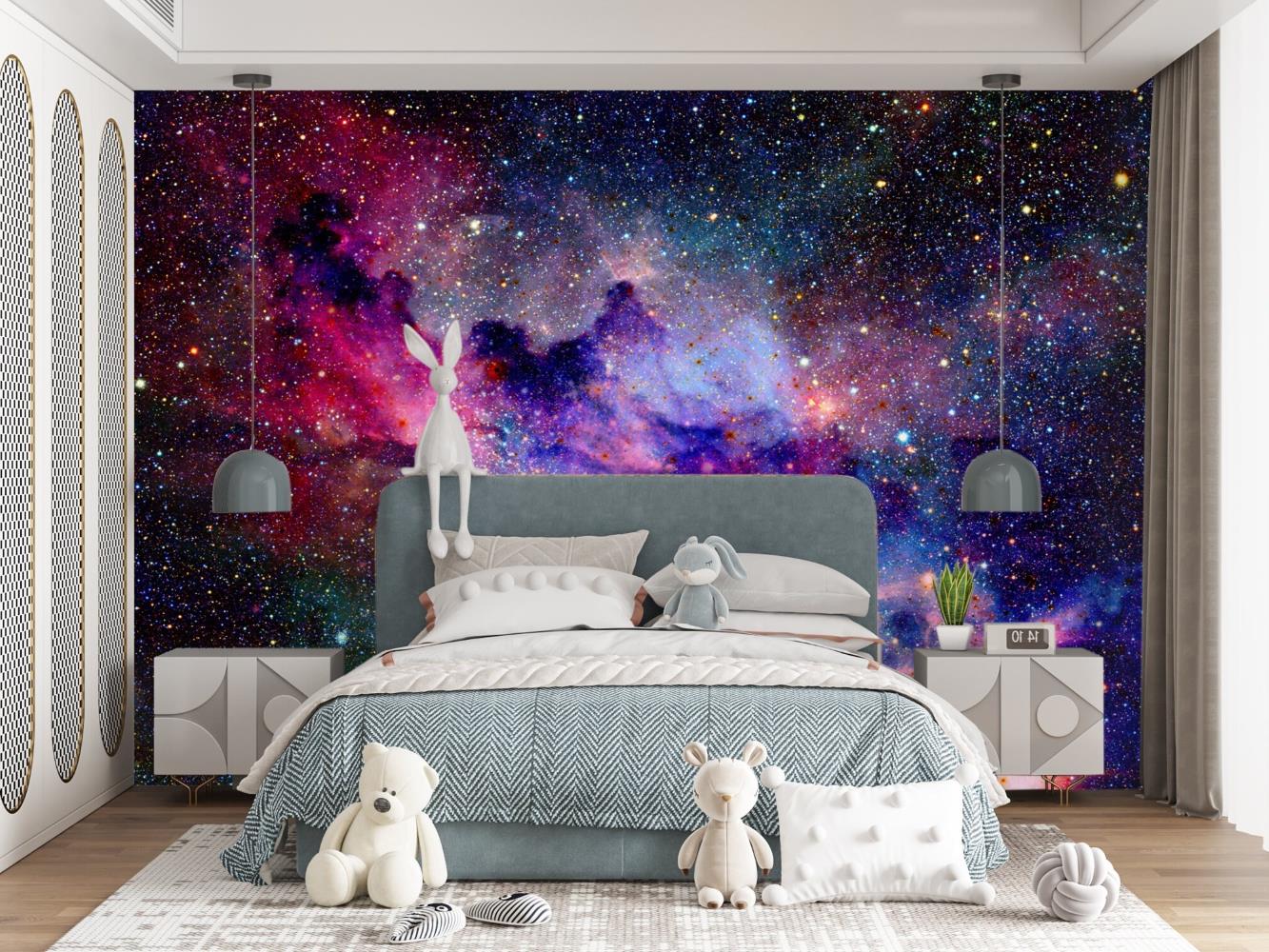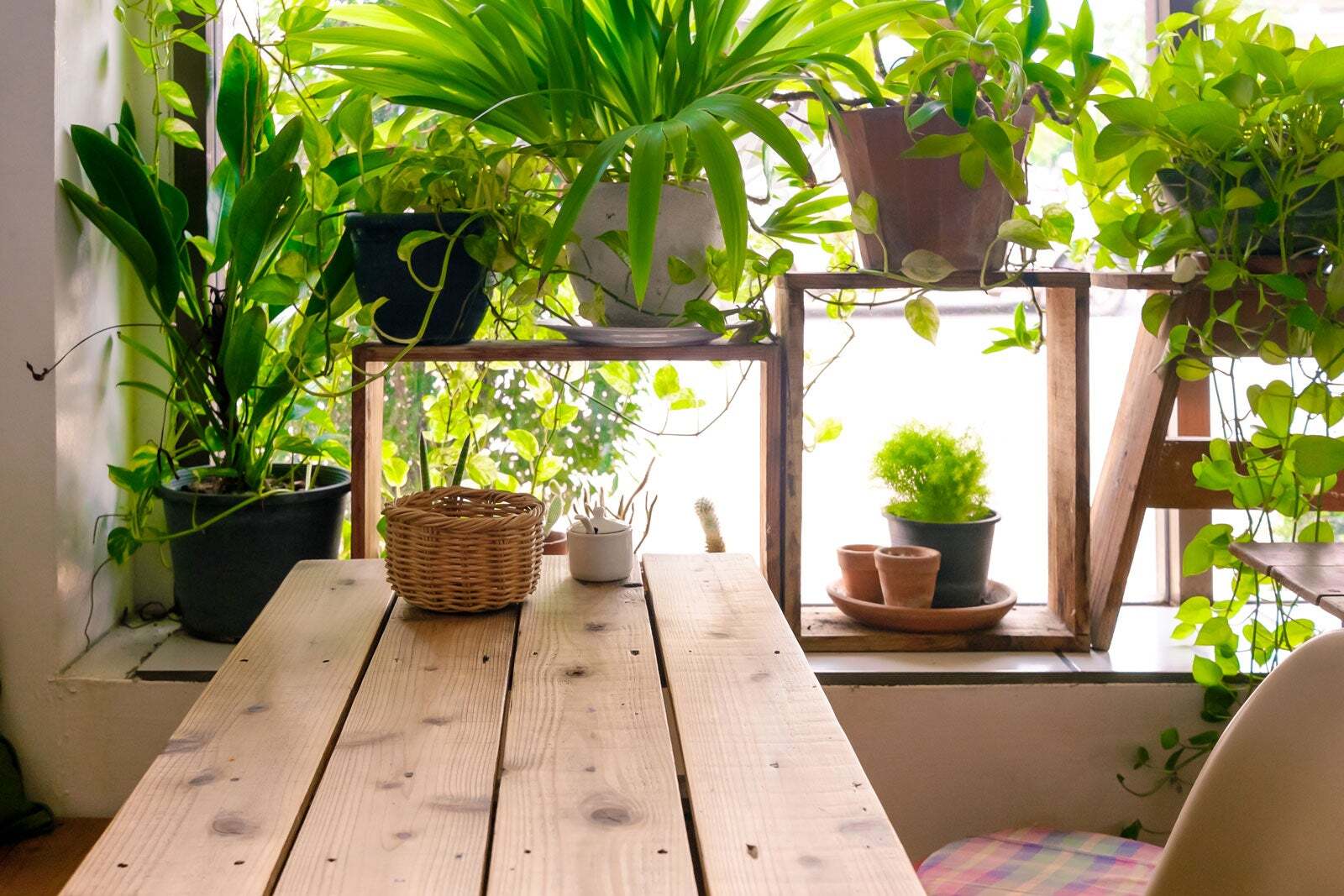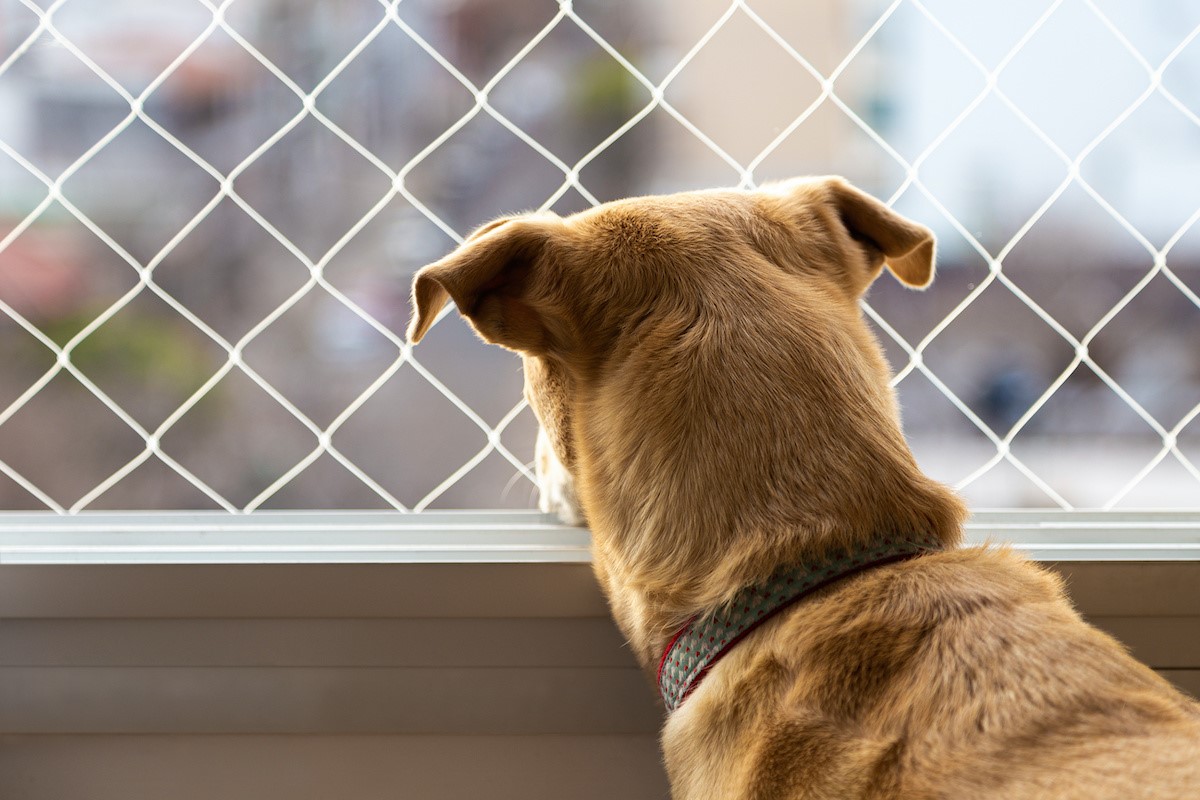Home>Create & Decorate>DIY & Crafts>DIY Indoor Dog Kennel: Create A Cozy Space For Your Pup
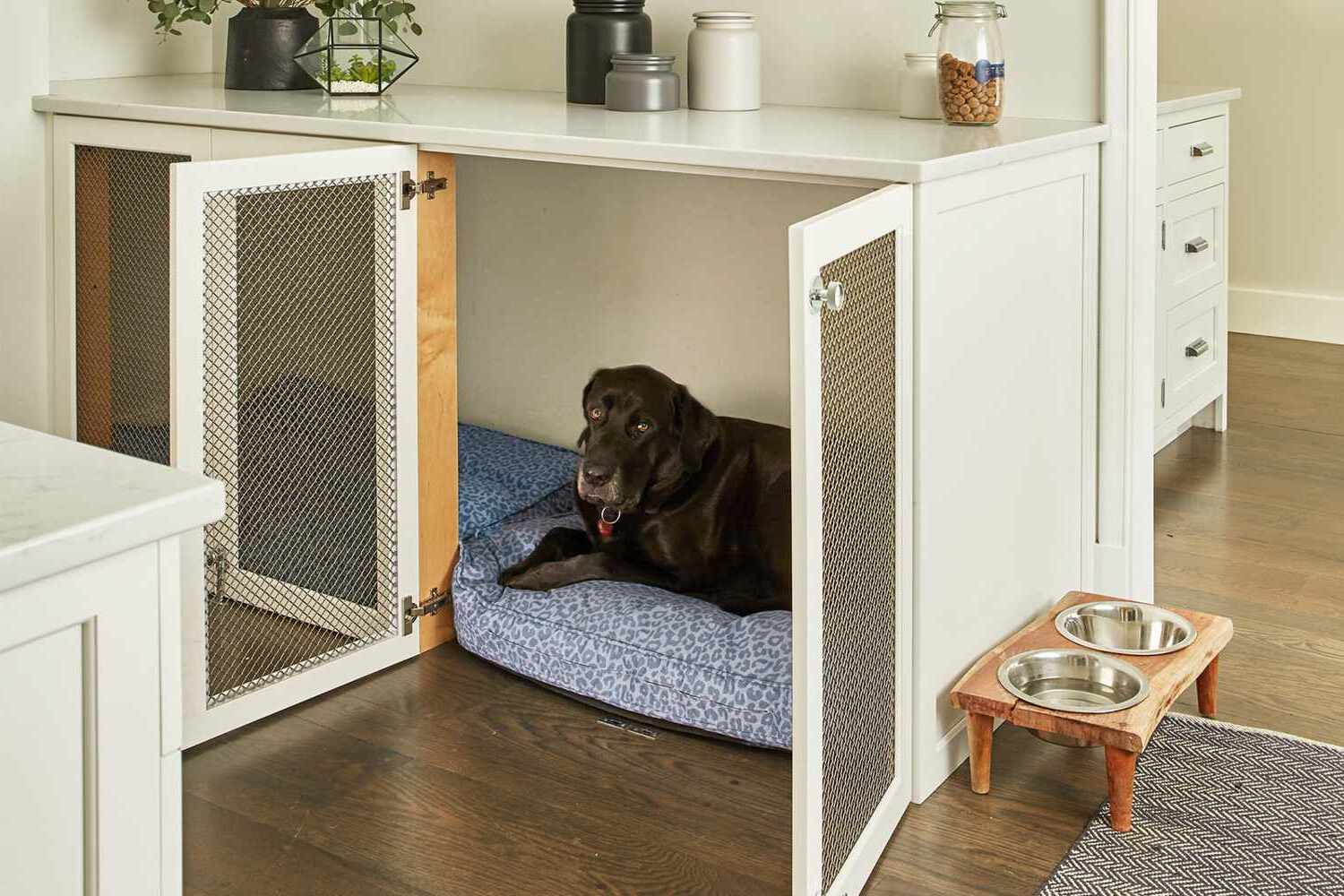

DIY & Crafts
DIY Indoor Dog Kennel: Create A Cozy Space For Your Pup
Published: June 6, 2024

Content Creator specializing in woodworking and interior transformations. Caegan's guides motivate readers to undertake their own projects, while his custom furniture adds a personal touch.
Create a cozy DIY indoor dog kennel with our easy crafts guide. Give your pup a comfortable space with our step-by-step instructions.
(Many of the links in this article redirect to a specific reviewed product. Your purchase of these products through affiliate links helps to generate commission for Twigandthistle.com, at no extra cost. Learn more)
Benefits of an Indoor Dog Kennel
Are you considering creating a cozy space for your furry friend? Building an indoor dog kennel can offer numerous benefits for both you and your pup. Here are some reasons why an indoor dog kennel can be a great addition to your home:
-
Security and Safety: An indoor dog kennel provides a secure and safe environment for your dog when you are away from home. It prevents them from wandering around the house and getting into potentially dangerous situations.
-
Comfort and Privacy: Dogs, like humans, appreciate having their own personal space. A DIY indoor dog kennel gives your pup a comfortable and private area where they can relax, nap, and feel secure.
-
Behavioral Training: Using a dog kennel as a training tool can help with behavioral issues such as separation anxiety, excessive barking, and destructive chewing. It can also aid in house training for puppies.
-
Travel and Transport: Having a familiar indoor kennel can make traveling and transporting your dog much easier. Whether it's a road trip or a visit to the vet, your dog will feel more at ease in their familiar space.
-
Home Protection: In the event of guests or service providers visiting your home, an indoor dog kennel can keep your dog contained and prevent them from getting underfoot or becoming overly excited.
-
Weather Protection: During inclement weather, an indoor dog kennel provides a sheltered space for your dog, keeping them safe and comfortable indoors.
-
Peace of Mind: Knowing that your dog has a designated and secure space when you're not around can give you peace of mind, reducing stress for both you and your furry companion.
By creating a DIY indoor dog kennel, you can provide a safe, comfortable, and personalized space for your dog while enjoying the peace of mind that comes with knowing they are secure and content.
Read more: DIY Garage Dog Kennel Ideas
Choosing the Right Location for Your DIY Kennel
When it comes to setting up your DIY indoor dog kennel, selecting the right location is crucial for your pup's comfort and well-being. Here are some key factors to consider when choosing the perfect spot for your furry friend's new retreat:
-
Accessibility: Ensure that the chosen location allows easy access for both you and your dog. It should be a place where you can easily interact with your pup and attend to their needs without any hindrances.
-
Comfort and Quiet: Look for a quiet and peaceful area within your home. Avoid high-traffic zones or areas with excessive noise, as these can cause stress and discomfort for your dog. A serene environment will help your pup feel relaxed and secure in their new space.
-
Natural Light and Ventilation: Opt for a location that receives ample natural light and good ventilation. Adequate sunlight and fresh air are essential for your dog's overall well-being. However, ensure that the area is not exposed to direct drafts or extreme temperatures.
-
Proximity to Family Activities: While it's important to choose a quiet spot, consider locating the kennel in an area where your family spends a significant amount of time. This allows your dog to feel connected to the household and prevents them from feeling isolated.
-
Flooring and Surface: Select a location with a suitable flooring surface for the kennel. Avoid carpeted areas if your dog is prone to accidents or if the kennel is intended for a puppy. Easy-to-clean flooring such as tile, laminate, or vinyl can be more practical and hygienic.
-
Space Considerations: Ensure that the chosen location provides enough space for the kennel without creating congestion in the room. The area should allow for the inclusion of your dog's bed, toys, and other essentials while maintaining a comfortable amount of free space.
By carefully considering these factors, you can choose an ideal location for your DIY indoor dog kennel, creating a cozy and inviting space that your furry companion will love to call their own.
Materials Needed for Building Your DIY Kennel
When embarking on the construction of your DIY indoor dog kennel, it's essential to gather the necessary materials to ensure a successful and sturdy build. Here's a comprehensive list of materials you'll need to create a cozy and secure space for your furry friend:
1. Wood or PVC Panels
You'll require sturdy wood or PVC panels to construct the walls and frame of the kennel. Opt for materials that are durable, easy to clean, and resistant to chewing or scratching. Ensure that the panels are of sufficient height to prevent your dog from escaping or climbing over.
2. Nails, Screws, or Adhesive
Depending on the type of panels you choose, you'll need appropriate fasteners such as nails, screws, or adhesive to securely join the panels together. Make sure to select fasteners that are suitable for the chosen materials and provide strong, reliable connections.
3. Door and Latch Hardware
For the kennel door, you'll need hinges, a handle, and a latch mechanism to create a functional and secure entry point. Choose hardware that is durable and resistant to tampering, ensuring that your dog remains safely contained within the kennel.
4. Flooring Material
Select a suitable flooring material for the kennel, such as rubber mats, vinyl flooring, or easily washable rugs. The flooring should be comfortable for your dog to rest on and easy to clean in case of accidents or spills.
5. Bedding and Comfort Items
To enhance the coziness of the kennel, consider including soft bedding, blankets, or a dog bed for your pup to rest on. Additionally, provide toys, chew treats, and other comfort items to keep your dog entertained and content while inside the kennel.
6. Paint or Sealant
If desired, you can use pet-safe paint or sealant to add a pop of color to the kennel or to protect the wood from moisture and wear. Ensure that any paint or sealant used is non-toxic and safe for your dog, as they may come into contact with the surfaces.
7. Tools
Gather a set of essential tools including a saw, drill, measuring tape, level, and screwdriver to facilitate the construction process. Having the right tools on hand will make the assembly of the kennel smoother and more efficient.
By acquiring these materials, you'll be well-prepared to commence the construction of your DIY indoor dog kennel, providing your furry companion with a secure and comfortable retreat within your home.
Step-by-Step Instructions for Building Your DIY Kennel
-
Measure and Plan: Begin by measuring the designated area for your DIY indoor dog kennel. Consider the size of your dog and ensure that the space allows for comfortable movement. Sketch a simple plan outlining the dimensions and layout of the kennel to serve as a guide during construction.
-
Assemble the Frame: Using the measured dimensions, cut the wood or PVC panels to create the walls and frame of the kennel. Assemble the panels to form the basic structure, ensuring that they are securely joined using appropriate fasteners such as nails, screws, or adhesive.
-
Install the Door: Determine the location for the kennel door and carefully install the hinges, handle, and latch hardware. The door should open and close smoothly, providing easy access for your dog while maintaining security when closed.
-
Add Flooring: Place the chosen flooring material inside the kennel, ensuring a snug and secure fit. This flooring should be comfortable for your dog to walk and rest on, as well as easy to clean and maintain.
-
Personalize with Comfort Items: Enhance the coziness of the kennel by adding soft bedding, blankets, or a comfortable dog bed. Introduce toys, chew treats, and other comfort items to create an inviting and enjoyable space for your furry friend.
-
Apply Finishing Touches: If desired, apply a pet-safe paint or sealant to the exterior of the kennel to add a touch of color and protect the surfaces. Ensure that any paint or sealant used is safe for your dog and allows for easy cleaning.
-
Ensure Stability and Safety: Once the kennel is assembled, double-check the stability and safety of the structure. Ensure that there are no sharp edges, loose parts, or potential hazards that could harm your dog while inside the kennel.
-
Introduce Your Dog: After completing the construction, introduce your dog to their new indoor kennel gradually. Encourage them to explore the space and associate it with positive experiences, such as treats and praise.
By following these step-by-step instructions, you can successfully build a cozy and secure DIY indoor dog kennel for your furry companion, providing them with a comfortable retreat within your home.
Adding Comfort and Style to Your DIY Kennel
Creating a cozy and inviting space for your furry friend goes beyond the structural aspects of the kennel. Adding comfort and style to your DIY indoor dog kennel can significantly enhance your dog's experience and complement your home's decor. Here are some creative ways to elevate the comfort and style of your dog's retreat:
1. Soft Bedding and Cushions
Introduce plush bedding and cushions to provide a comfortable resting area for your dog. Opt for soft, machine-washable materials that offer support and warmth. Consider incorporating removable covers for easy cleaning and maintenance.
2. Personalized Decor
Add a personal touch to the kennel by incorporating personalized decor elements. This could include your dog's name displayed on a sign or customized artwork featuring paw prints or dog-related motifs. Personalization adds a warm and welcoming feel to the space.
3. Coordinated Color Scheme
Select a color scheme for the kennel that complements your home's interior decor. Coordinating the colors of the bedding, walls, and accessories can create a cohesive and visually appealing look. Consider using calming and neutral tones to promote relaxation.
4. Functional Accessories
Incorporate functional accessories such as storage bins for toys, a leash hook, or a water and food bowl stand. These accessories not only add convenience but also contribute to the overall organization and tidiness of the kennel.
5. Natural Elements
Integrate natural elements such as potted plants, a small indoor garden, or natural fiber rugs to bring a touch of the outdoors inside. Natural elements can contribute to a calming and harmonious environment for your dog.
Read more: DIY Fort Building Guide
6. Soft Lighting
Consider adding soft, ambient lighting to the kennel area. This can be achieved through the use of battery-operated LED lights, string lights, or a small bedside lamp. Gentle lighting can create a cozy atmosphere and provide a sense of security for your dog.
7. Window Views
If possible, position the kennel near a window to allow your dog to enjoy natural light and observe outdoor activities. Providing a view can help prevent feelings of isolation and contribute to your dog's mental stimulation.
By incorporating these comfort and style elements into your DIY indoor dog kennel, you can create a welcoming and aesthetically pleasing space for your furry companion to enjoy. This not only benefits your dog but also adds a charming and functional feature to your home.
Tips for Introducing Your Dog to Their New Kennel
Introducing your dog to their new indoor kennel requires patience and positive reinforcement to ensure a smooth transition. Here are some helpful tips to help your furry friend acclimate to their cozy retreat:
-
Gradual Introduction: Initially, introduce your dog to the kennel in short increments. Encourage them to explore the space at their own pace without any pressure. Offer treats and praise to create positive associations with the kennel.
-
Positive Reinforcement: Use positive reinforcement techniques to encourage your dog to enter the kennel voluntarily. Reward them with treats, toys, or verbal praise when they show interest in or approach the kennel. This helps them view the kennel as a positive and rewarding space.
-
Feeding and Treat Time: Incorporate meal times and treat sessions inside the kennel. Place your dog's food bowl or favorite treats inside the kennel to encourage them to enter and spend time in the space while associating it with enjoyable activities.
-
Comfort Items: Place familiar and comforting items, such as your dog's favorite toys or blankets, inside the kennel. These items can provide a sense of security and familiarity, making the kennel a more inviting and reassuring environment for your dog.
-
Positive Association: Create a positive association with the kennel by using verbal cues or commands. Pairing phrases like "kennel time" or "go to your bed" with treats and praise can help your dog understand and respond to the cues associated with entering the kennel.
-
Avoid Forceful Encounters: Refrain from forcing your dog into the kennel or using it as a form of punishment. Coercing your dog to enter the kennel can create negative associations and lead to resistance. Instead, focus on making the kennel a desirable and comfortable space for your dog.
-
Patience and Consistency: Be patient and consistent in your approach to introducing the kennel. It may take time for your dog to feel completely at ease with the new space. Consistent positive reinforcement and patience will help your dog gradually accept and embrace their new retreat.
-
Supervised Encounters: Initially, supervise your dog's interactions with the kennel to ensure their safety and comfort. Monitor their behavior and reactions, and be ready to provide reassurance and encouragement as needed.
By following these tips, you can help your dog feel comfortable and secure in their new indoor kennel, creating a positive and enjoyable experience for both you and your furry companion.
Maintaining and Cleaning Your DIY Kennel
Maintaining and cleaning your DIY indoor dog kennel is essential to ensure a hygienic and comfortable environment for your furry companion. Regular upkeep and cleanliness not only benefit your dog's well-being but also contribute to the longevity of the kennel. Here are detailed guidelines for effectively maintaining and cleaning your DIY kennel:
Read more: How to Build Insulated Metal Roof Panels
Daily Cleaning Routine
-
Remove Waste: Start by removing any waste or soiled bedding from the kennel. Dispose of waste in a proper manner and replace the bedding with clean, fresh material.
-
Spot Cleaning: Inspect the kennel for any spills, stains, or soiling. Use pet-safe cleaning products to spot clean any affected areas, ensuring that the surfaces are free from dirt and odors.
-
Sanitize Food and Water Bowls: If your dog has food and water bowls inside the kennel, wash and sanitize them daily to prevent bacterial growth and maintain a clean feeding area.
Weekly Maintenance Tasks
-
Deep Cleaning: Once a week, perform a thorough deep cleaning of the kennel. Remove all bedding, toys, and accessories from the kennel and clean them separately. Use a pet-safe disinfectant to clean the interior surfaces of the kennel, including walls, flooring, and any removable panels.
-
Wash Bedding and Accessories: Launder your dog's bedding, blankets, and any washable accessories such as toys and cushions. Use pet-friendly detergent and ensure that all items are thoroughly dried before placing them back in the kennel.
-
Inspect for Wear and Tear: Regularly inspect the kennel for any signs of wear, damage, or loose components. Address any issues promptly to maintain the structural integrity and safety of the kennel.
Monthly and Seasonal Tasks
-
Exterior Maintenance: Inspect the exterior of the kennel, especially if it's located in an outdoor area or exposed to the elements. Check for any signs of weathering, rust, or deterioration. Perform any necessary repairs or resealing to protect the kennel from environmental damage.
-
Ventilation and Air Quality: Ensure that the kennel's ventilation is functioning effectively. Clean or replace any air vents or filters to maintain good air quality within the kennel.
-
Pest Control: Take measures to prevent pests such as insects or rodents from nesting in or around the kennel. Use pet-safe pest control methods to deter unwanted intruders and maintain a pest-free environment for your dog.
Tips for Effective Cleaning
-
Use Pet-Safe Products: When cleaning the kennel, use cleaning products that are specifically formulated for pet environments. Avoid harsh chemicals or toxic substances that may be harmful to your dog.
-
Allow for Drying Time: After cleaning the kennel, ensure that all surfaces, bedding, and accessories are thoroughly dried before reintroducing them to the space. Proper drying helps prevent mold and mildew growth.
-
Regular Odor Control: Incorporate odor control methods such as using pet-safe deodorizers or air purifiers to maintain a fresh and pleasant environment within the kennel.
By following these detailed maintenance and cleaning guidelines, you can uphold a clean, safe, and comfortable DIY indoor dog kennel for your beloved pet. Regular upkeep and cleanliness contribute to a healthy and inviting space that your dog will enjoy spending time in.

